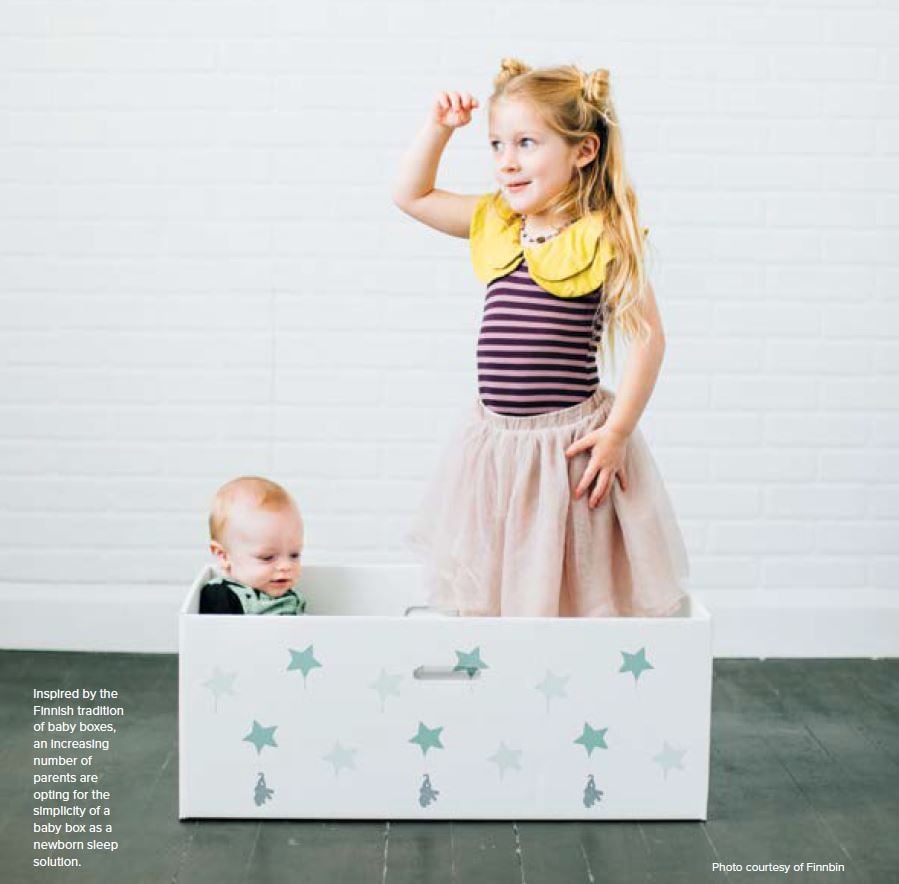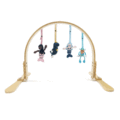Before we get into all the fun things that can happen to your boobs while breastfeeding, I want to make something clear: I support all feeding choices. Next month, I plan to focus on bottle-feeding.
It is my belief, having worked with many different families during their postpartum period, that some moms love breastfeeding and some don’t. Many fall in between.
If you really hate it, don’t do it. That’s not good for you or your baby. And that decision doesn’t make you imperfect. It makes you sane and wise and intuitive. Only you know what’s right for your family.
If you’re breastfeeding (or even if you’re not planning to, but are waiting for your milk to dry up), there are lumps and bumps and even something called a bleb to look forward to.
Breastfeeding? Here’s a mini-reference guide to a few of the things you should watch out for — and ameliorate — sooner rather than later.
Bleb
The aforementioned bleb is also known as a milk blister. It’s a clogged nipple pore (not to be confused with a clogged milk duct) which has sealed over with a thin layer of skin. It can appear white, yellow or clear and may be raised. It might be painful.
To treat: Epsom salt baths and a warm compress can help soften and expand the skin, thus opening the pore. Nursing on the bleb side first while Baby is alert and vigorous will help. If it’s still plugged, try rubbing it (after warming) with a rough washcloth, scraping it open with a clean finger nail or lancing it with a sterile needle.
Bleb is common and nothing to worry about; though if left untreated, a milk blister can lead to further complications such as a clogged milk duct, mastitis or thrush.
Thrush
Speak of the devil! This is a yeast infection passed back and forth between your breast and Baby’s mouth. It can make nursing uncomfortable for both of you. Try to prevent thrush by allowing your nipples to air dry after nursing sessions and by generally keeping the area clean.
To treat: Mild thrush can sometimes be relieved with breastmilk itself, rubbed on the affected area. You might need something stronger — either a prescription antifungal or a natural alternative such as vinegar, plain yogurt, probiotic powder or virgin coconut oil. Mom should avoid eating sugars and starches while afflicted, as they both contribute to yeast growth.
Clogged milk duct
Pregnancy and breastfeeding both change our breasts in many ways. A clogged milk duct will often present as a significantly hardened area of the breast. You can usually feel the milk trying to struggle through it as Baby nurses. Treatment is important so as to avoid mastitis.
To treat: Warm compress like crazy. Hand-express milk from the very top of the breast (up by your arm pit) down. Feed Baby often and in different positions. I often recommend laying Baby on his back while Mom leans over him and nurses at every angle, moving her own body “around the clock” a little bit each time. Eventually, you’ll find that one spot that enables your little nursling to free the plug.
Mastitis
This is something you REALLY don’t want. Take care of all of these other little issues and your overall health to avoid this breast infection. You’ll know you have it when flu-like symptoms (fever and feeling like you were hit by a truck) come on suddenly and a hot, red, firm area is present on the breast.
To treat: If caught super early, mastitis can be cured with a warm compress, rest, hand expression, frequent nursing and pumping. It isn’t dangerous to nurse Baby with this infection. It’s actually important to do so! While trying to relieve the infection, make an appointment with the doctor, just in case. He or she can prescribe an antibiotic if the infection isn’t cleared within 24 hours.
The second mastitis leaves your body, you’ll feel immediate relief. It’s often said that mastitis is our cue to take it easy, slow down, nap and be with Baby.
Don’t worry: There are many happy conditions associated with breastfeeding as well! Intimacy with baby, the superpower that is making FOOD, that oxytocin rush (love hormones!) and a little extra calorie burn.
Ward off the pitfalls with knowledge and self-care, so that you may enjoy the benefits!
Jen Wittes is a certified postpartum doula and writer who works in marketing and communications. She lives in St. Paul with her two kids, her two cats and her husband.





















